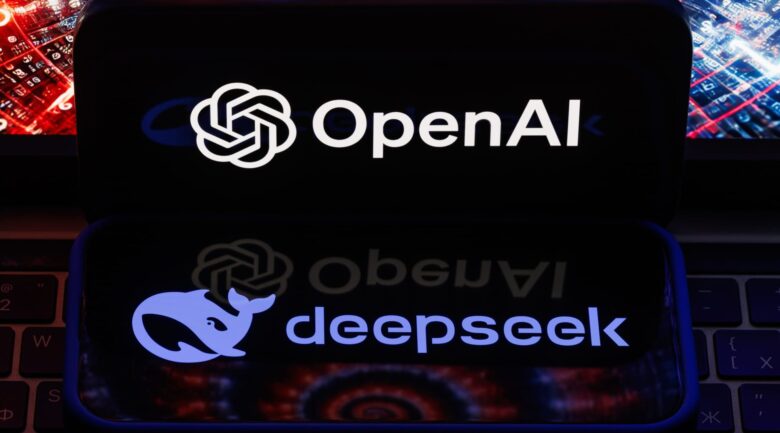When most people refer to AI, they are talking about ChatGPT, Midjourney or other generative AI tools they personally use. This is consumer AI.
Enterprise AI is different. It is the use of artificial intelligence (AI) at scale within companies to boost productivity, enhance decision-making, empower customer service and level up risk management, cybersecurity and innovation.
Consumer AI has no organization-wide goals; enterprise AI does. Unlike consumer AI applications, enterprise AI is designed to solve complex business challenges at scale and integrate with existing corporate systems.
At its core, enterprise AI refers to AI systems deployed within organizational settings to analyze vast amounts of business data, automate routine tasks and provide actionable insights for strategic decision-making.
“Enterprise AI includes policies, strategies, infrastructure and technologies for widespread AI use within a large organization” that requires “significant investment and effort,” according to AWS.
Examples of enterprise AI include:
- A credit card company using AI to detect fraud across billions of transactions
- A retailer using AI to optimize supply chain logistics
- A hospital using AI to analyze medical images for diagnoses
The most effective enterprise AI implementations typically address specific business problems rather than pursuing technology for its own sake.
Consumer AI can be free or low-cost: think of the free or $20-a-month versions of ChatGPT, Gemini, Anthropic’s Claude, Perplexity and others. Its capabilities can be enough for the needs of small businesses.
Enterprise AI is far more costly, usually charged on a per user, per month basis. This is artificial intelligence tailored for a particular company’s needs and goals.
Typically, enterprise AI is deployed by larger companies at scale and integrated into existing systems. It is hyper-focused on security and compliance, such as GPDR and HIPAA regulations.
Implementation of enterprise AI is typically done in stages, starting with identifying use cases with the highest impact, building proofs of concept and the deploying it at scale within the company.
While most companies already have some form of automation in their existing systems, enterprise AI can make them smarter and more intuitive. Think of using a phone tree (press 1 for account information, press 2 for customer service, for example) compared with a conversation with ChatGPT.
Read more: How to Manage Risks When Employees Use AI Secretly for Work
Tips for Deploying Enterprise AI
To deploy enterprise AI, John Roese, Dell’s chief technology officer and chief AI officer, said in a recent YouTube video that the company first asks itself, “what problem are we solving? What impact do we expect?” Then, “once we figure out what we’re trying to do, how are we going to do it?”
Roese said companies should start by asking themselves these questions:
What makes your company special? If improved with AI, what will actually let you win?
At Dell, Roese zeroed in on three strengths: Secure supply chain, enterprise salesforce and global services capabilities.
What process in each area of your company’s strengths will move the needle if enhanced with AI?
Their enterprise sales people would spend 40% of their time doing research as they prepare to meet clients.
What tools and technologies will you use to solve the issue?
To help its enterprise salesforce, Dell used AI to speed up the preparation time for sales people before they meet with clients.
To prepare for AI deployment, Roese said companies must do the following:
- Organize and structure the data to make it useful for AI.
- Don’t create a custom AI tool for each use case — you’ll end up with a lot — but rather see how the tool can be used for multiple purposes.
Roese said Dell figured out that it only needed five types of AI capabilities that can be broadly applied to all use cases across the company.
The next question is whether to build or buy the AI tool. A year ago, Dell built them. Today, it doesn’t. “There are now sufficient off-the-shelf tools that the vast majority of the AI components are inclusive of the models, the developer frameworks, the engines, [and] can actually be consumed as a standardized piece of technology from a provider,” Roese said.




